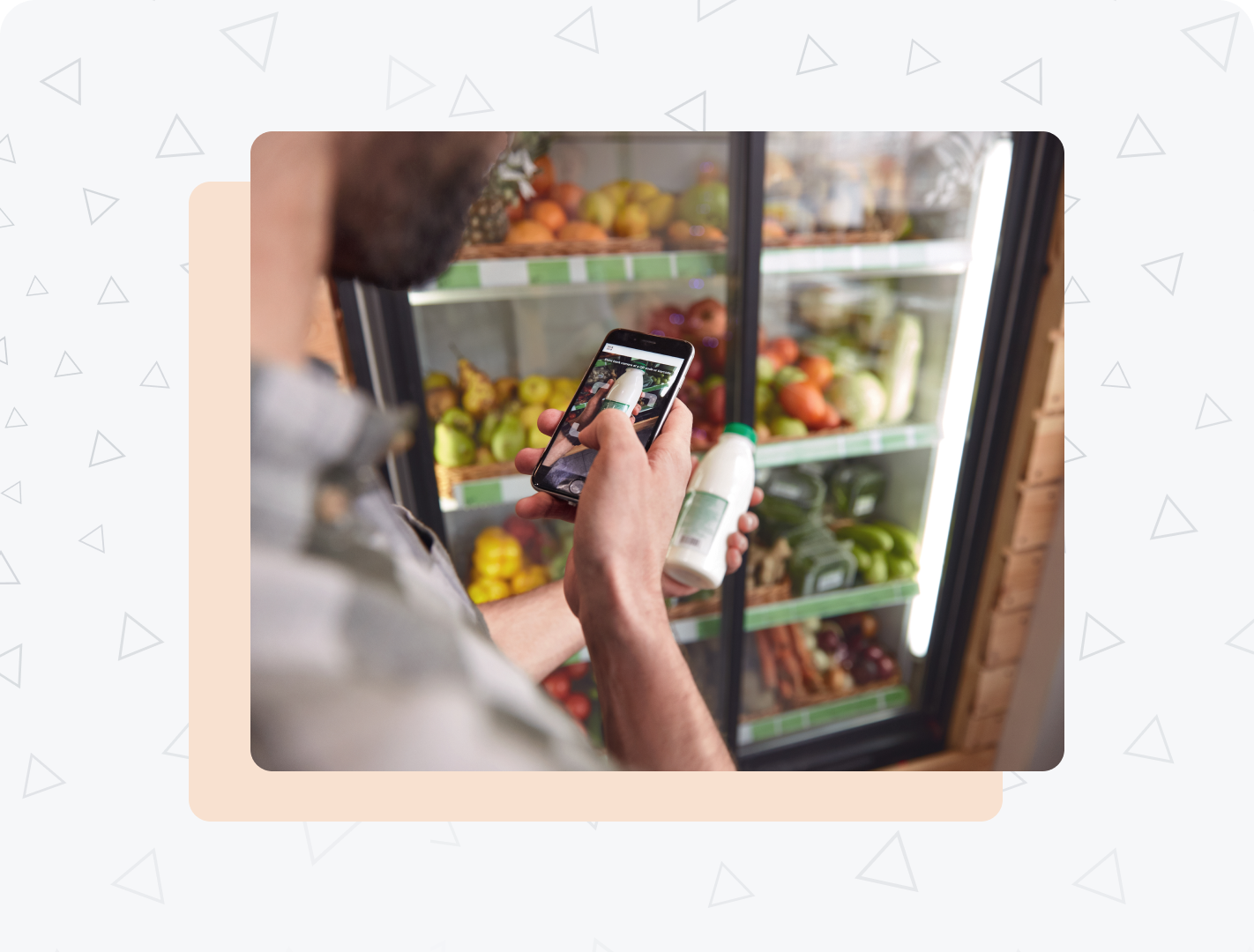The EU Packaging and Packaging Waste Regulation came into effect on February 11, 2025, but it is not applicable until August of next year. However, there’s still a lot of uncertainty surrounding the new regulation and how to meet its requirements, especially for regulations related to avoiding green claims and obligatory label information.
To help you out, we’ve put together a short article detailing some of the things you need to know to make sure that you live up to the new EU packaging waste regulation, the extended producer responsibility, and the related digital product passport.
What is the PPWR?
The EU PPWR (EU Packaging and Packaging Waste Regulation) is an extension and cementation of the EU PPWD (EU Packaging and Packaging Waste Directive). The change from a directive to a regulation demonstrates the European Union’s commitment to waste reduction.
The regulation itself specifies requirements for recyclability of product packaging, packaging sizes and formats as well as contents and design of packaging and labels to ensure a greater transparency and reduce greenwashing.
The PPWR also affects the EU digital product passport and establishes an Extended Producer Responsibility (EPR), which means that the responsibility of packaging waste management will be placed directly on the producing company.
About the EU Packaging and Packaging Waste Regulation
February 11, 2025: The PPWR officially entered into force
October 1, 2025: The EPR (Extended Producer Responsibility) comes into effect in some countries, including Denmark.
August 12, 2026: Most provisions of the PPWR will apply across all EU member states including provisions on recyclability, reuseability, and labelling of packaging.
2026: The first product groups will be required to have a basic digital product passport, these groups include textiles, batteries and some industrial equipment.
2030: All packaging placed on the market needs to be reusable or recyclable. Additionally, a more comprehensive EU digital product passport will be required for a broader set of products, including electronics, furniture and vehicles.
2033: The full digital product passport requiring comprehensive lifecycle data is expected to come into effect for all applicable product groups.
2040: Requirements such as recycled content targets will have reached full weight.
Key requirements
The EU PPWR states that by 2030, member states must decrease packaging waste per capita by 5%, followed by reductions of 10% by 2035 and 15% by 2040, relative to 2018 levels.
Recycling
The regulation includes a mandatory minimum of recycled content for different types of plastic packaging to be achieved by 2030, and increased in 2040.
- By 2030, 30% of contact sensitive packaging made from PET and single use plastic beverage bottles must be recycled.
- By 2030, 10% for contact sensitive packaging made from other plastic materials must be recycled.
- By 2030, 35% of packaging made from other plastic must be recycled..
- By 2030 all packaging must meet recyclability performance grade (A-C)
- By 2035 all packaging must demonstrate actual recycling.
- Transport packaging used within the same business or between different businesses within the EU must be exclusively reusable.
- By 2030 other transport packaging must be a minimum of 40% reusable
- And by 2040 other transport packaging must be a minimum of 70% reusable.
Packaging minimization and packaging format restrictions
The regulation includes a number of specifications related to minimizing packaging sizes, which also means that certain packaging formats will be banned.
- By 2030 all packaging must be designed with the least amount of material possible and with a maximum of 50% empty space in transport.
- By 2030 unnecessary packaging elements (such as false bottoms and extra packaging layers) are prohibited.
- By 2030 packaging may no longer be created to make the product appear larger.
- By 2030 some packaging formats will be banned for specific products such as miniature cosmetics, plastic packaging for fresh fruits and vegetables under 1.5kg, and for food and beverages consumed on hospitality premises.
Labelling
The packaging material isn’t the only thing that will be affected by the PPWR. Product labels will also be affected.
- The regulation will include obligatory labels on packaging to detail material composition, sorting instructions and reuse guidelines, including a mandatory QR code for reusable packaging.
- The regulation will place limitations on making green claims on packaging to guarantee more accuracy and transparency, and to limit greenwashing of products.
*source: EU Packaging & Packaging Waste Regulation.
Want to avoid mistakes in your product labels?
Encodify helps you manage everything from review and approval to supplier collaboration.
Book demo